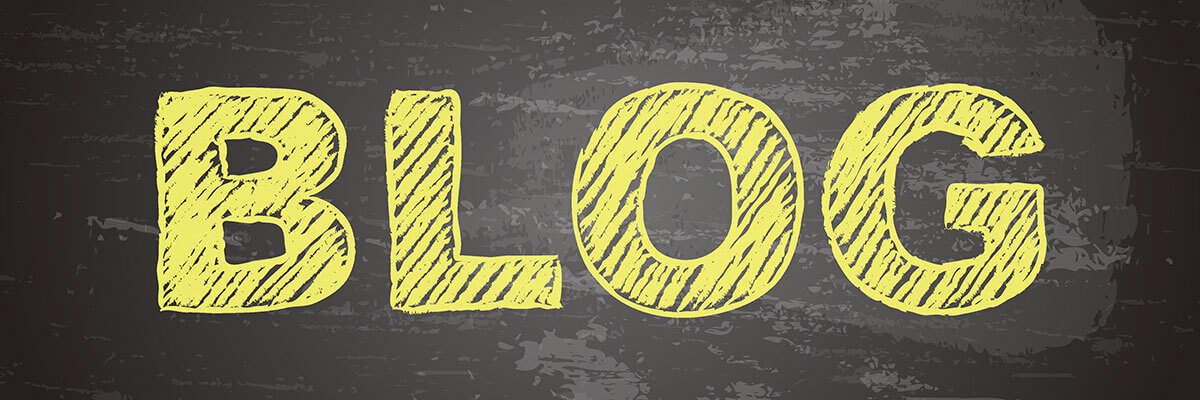Choosing the Right Insulation for Your Home
This was a guest post written by our friends over at Imperial Windows and Doors. They are one of the favored companies to provide Window Installations in Toronto. If you're ever in need of replacement windows and doors, visit their website at imperial-windowsanddoors.com.
Did you know that the right kind of insulation can add to the comfort levels in your home? There are different types of insulations to choose from, each with its own advantages and disadvantages. Before taking a look at how to choose the right insulation for your home, let's have a look at the types of insulations on the market.
Types of Insulations
- Blanket: batts and rolls: Insulation materials used with this type include plastic fibers, mineral (rock or slag) wool, fiberglass and natural fibers. The advantages of this type are that it is relatively inexpensive, can be done as part of a do-it-yourself project and is suitable for standard stud and joist spacing which has to be relatively free from obstructions. This type of insulation can be applied on floors, ceilings as well as unfinished walls inclusive of foundation walls. It should be fitted between joists, beams and studs.
- Concrete block insulation: This type is made from foam board and is meant to be installed in unfinished walls inclusive of foundation walls. It requires specialized skills to be properly installed and its major advantage is that insulating cores does tend to increase wall R-value.
- Foam board or rigid foam: This type of insulation is made from polyisocyanurate, polystyrene and polyurethane. This type of insulation can be applied on unfinished walls inclusive of foundation walls, floors, ceilings and unvented low-slope roofs. The advantage of this type of insulation is that it has high insulating value for relatively little thickness and when installed over joists or frames continuously, it can help block thermal short circuits.
- Loose-fill: This type can be used in ceilings, enclosed existing walls as well as a number of hard-to-reach places. Material used is polyester, cellulose fiber granulated rockwool and natural wool. The major advantage of this type of insulation is that it is good or adding to existing finished areas as well as around obstructions.
Other types of insulation include:
- Rigid fibrous or fiber insulation
- Sprayed foam
- Reflective system
- Insulating concrete forms
- Structural insulated panels
Choosing the Right Insulation
First off you need to determine where the insulation is to be applied because as mentioned before, different types of insulation go to different parts of the home. Next, is the determination of the R value required for maximum insulation efficiency. What is meant by R-value is the measure of a materials' ability to resist heat conduction. A big R-value equates to better performance in as far as insulation goes. This should be followed by determining the type of insulation you will need as well as calculating the quantity of insulation that you will have to buy.
There are a number of reasons why you should seriously consider insulating your home some of which include:
- A properly insulated home helps cut down on energy bills
- It can help with sound control in that unwanted noise from conversations, appliances or audio equipment is reduced.
- It helps increase energy efficiency
- It can help with moisture control
Places that you should consider insulating:
The following places are normally un-insulated or under-insulated which may result in unconditioned air or cold air being let into the home. You should consider insulating the following areas in your home:
- The attic which requires at least 19 inches for efficiency
- The basement
- Crawl spaces such as perimeter walls and between floor joists if they are unvented.
- The garage most especially the walls and ceilings that are adjacent to conditioned spaces
- Exterior walls and floors
- Knee walls which are walls between living spaces, the attic or garage.
Determining insulation costs
Your insulation costs are determined by the type of insulation you will be using as well as the area of the home to be insulated. You need to measure the area that is in need of insulation before purchase. For example, in case the area that needs insulation is about 5-inches deep then you will need to add 7-inches of insulation if you wish to achieve the 12 inches needed for R-38 rating.
Before undertaking an insulation project for your home you need to cross check that your home is not already insulated. This way, you don't waste valuable time and money. In case it is already insulated then you need to find out the type of insulation and determine if it is good enough for your home.

